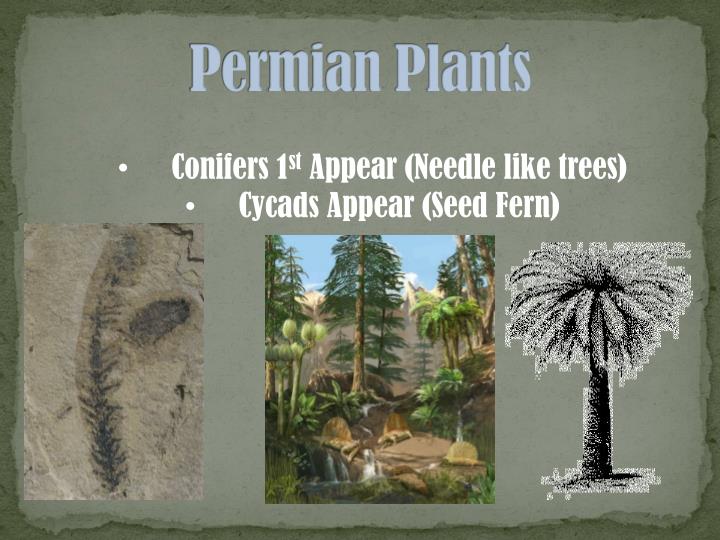

The researchers painstakingly collected and analyzed samples from multiple layers of the Penglaitan section, including samples from ash beds that were deposited by volcanic activity that occurred as nearby seafloor was crushed slowly under continental crust. “So we can see a lot more, as in what’s happening in the environment and with life, in this same period of time.”

“It’s from a different part of the ancient ocean basin, that was closer to the continent, where you might find coral reefs and a lot more sedimentation and biological activity,” Ramezani says. The Penglaitan section is what geologists consider “highly expanded.” Compared with Meishan’s 30 centimeters of sediments, Penglaitan’s sedimentary layers make up a much more expanded 27 meters that were deposited over the same period of time, just before the main extinction event occurred. In 1994, Shen took Bowring, along with paleobiologist Doug Erwin, now curator of paleozoic invertebrates at the National Museum of Natural History and a co-author of the paper, looking for a more complete extinction record in Penglaitan, a much less-studied section of rock in southern China’s Guangxi province. “The rock record may be incomplete.” The whole extinction interval at Meishan comprises just 30 centimeters of ancient sedimentary layers, and he says it’s likely that there were periods in this particular ocean setting when sediments did not settle, creating “depositional gaps” during which any evidence of life or environmental conditions may not have been recorded.

“However, the Meishan section was deposited in a deep water setting and is highly condensed,” says Shuzhong Shen of the Nanjing Institute of Geology and Palaeontology in China, who led the study. As such, the Meishan section is thought to preserve signs of how Earth’s life and climate fared leading up to the calamitous event. Scientists have determined that this section of sedimentary rocks was deposited in an ancient ocean basin, just before and slightly after the end-Permian extinction. Most attention has been devoted to well-preserved layers of fossil-rich rocks in eastern China, in a place known to geologists as the Meishan section. Ramezani’s co-authors include Samuel Bowring, professor of geology at MIT, along with scientists from the Chinese Academy of Sciences, the National Museum of Natural History, and the University of Calgary.įor over two decades, scientists have tried to pin down the timing and duration of the end-Permian mass extinction to gain insights into its possible causes. Everything happened geologically very fast.” And the big outcome of this paper is that we don’t see early warning signals of the extinction. “A vibrant marine ecosystem was continuing until the very end of Permian, and then bang - life disappears. “We can say for sure that there were no initial pulses of extinction coming in,” says study co-author Jahandar Ramezani, a research scientist in MIT’s Department of Earth, Atmospheric, and Planetary Sciences. When ocean and land species did die out, they did so en masse, over a period that was geologically instantaneous. The researchers also found no signs of any big swings in ocean temperature or dramatic fluxes of carbon dioxide in the atmosphere. The new study, published today in the GSA Bulletin, reports that in the approximately 30,000 years leading up to the end-Permian extinction, there is no geologic evidence of species starting to die out. The end-Permian mass extinction, which took place 251.9 million years ago, killed off more than 96 percent of the planet’s marine species and 70 percent of its terrestrial life - a global annihilation that marked the end of the Permian Period. The most severe mass extinction in Earth’s history occurred with almost no early warning signs, according to a new study by scientists at MIT, China, and elsewhere.


 0 kommentar(er)
0 kommentar(er)
